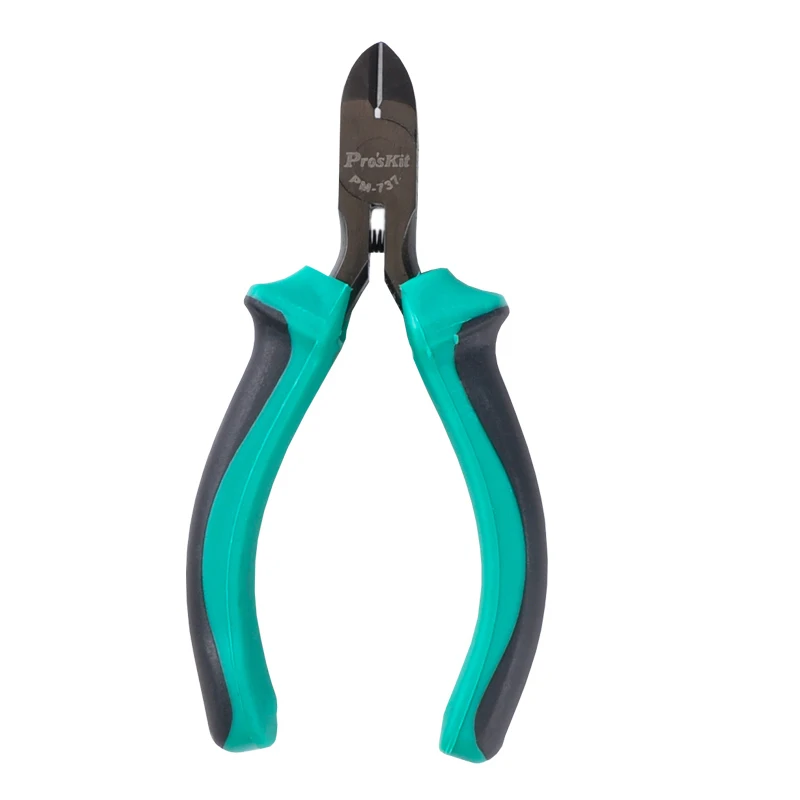wiretap wrote:I replaced that type battery on my Compaq Presario 9232 a few months ago. I didn't even need to take the motherboard out of the case. With a soldering iron, I heated up each leg at a time and pulled them out of the hole. Then I used a solder sucker to clean up the holes. Then I just plugged the replacement battery (same type) into the holes and filled it up with solder. The whole process took maybe 5 minutes and it was really easy.
Cutting things on a PCB is really undesirable because you can ruin the hole/sleeve/pad and it makes it harder to clean out properly if you want to solder it after. Using the right tools for the job should be priority if you're planning on saving old computer parts from dying.
Oh wow, I'm not alone in dealing with highly-proprietary branded stuff!
Our systems are sisters.
the one I already worked on (when I cut the pins) was a Compaq Prolinea 4/66
The one I will have to work someday (having free time, good luck with that) is a Compaq Deskpro 4100.
wiretap wrote:I didn't even need to take the motherboard out of the case. With a soldering iron, I heated up each leg at a time and pulled them out of the hole. Then I used a solder sucker to clean up the holes.
And you actually did that!!!!???!
Man, when I did that on the Prolinea 4/66, I left the two pins holding the larger battery clamp because they were too close to other tracks and I was afraid of using the iron there. So I just soldered a wire to that ugly-cut clamp that was left (the positive pole basically).
But the little pin underneath the battery, which was sharp and cut, I removed it by de-soldering.
I disassembled the motherboard and went from underneath. MAN THAT WAS TOUGH! I had to push the soldering iron tip for a LOOOONG time to be able to pull that little pin away (by pulling with the pliers from the other side of the mobo (components side) at the same time, and I had to pull hard!
I was afraid I would have melted the board...
How did you manage to just heat it a little bit from above and pull out the pins??? Doesn't it risk to break everything for the excessive force needed?
wiretap wrote:Then I used a solder sucker to clean up the holes.
And was it able to suck the solder from above the motherboard, instead of removing it and going from underneath? How did you do that?
wiretap wrote:Then I just plugged the replacement battery (same type) into the holes and filled it up with solder. The whole process took maybe 5 minutes and it was really easy.
The same type? Do you mean with a socket? What kind of socket did you buy?
Thanks a lot!!!
PS: damn soldered batteries though! Manufacturers could have used a little more foresight in designing things. A Motherboard is the heart of a computer, not just an ISA lan card or a parallel flat cable. Especially branded computers, which aren't like DIY/clone computers, are expected to last long. What were they thinking when soldering batteries to motherboards? That a WHOLE branded computer (and expensive!) should have its life limited by a tiny battery?
We're not talking high-tech. A simple socket for batteries were well within the reaches of 80-90s technology, come on!
They said therefore to him: Who are you?
Jesus said to them: The beginning, who also speak unto you


